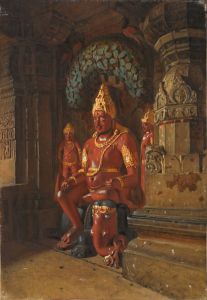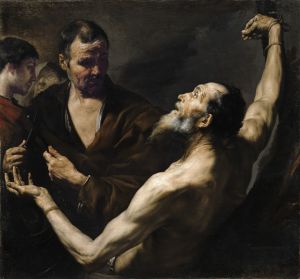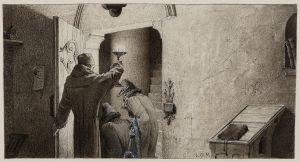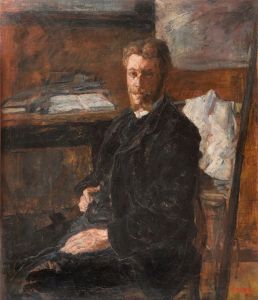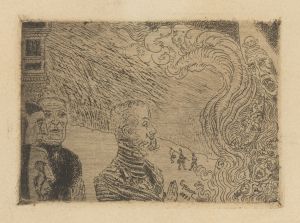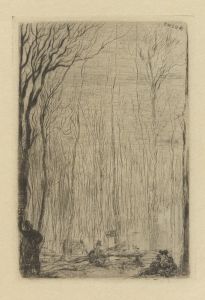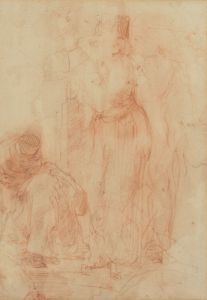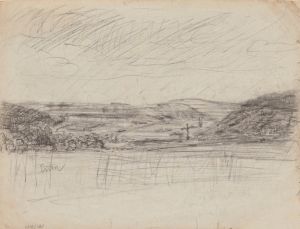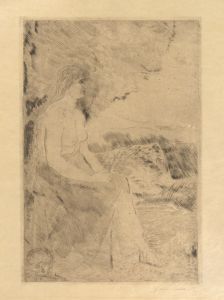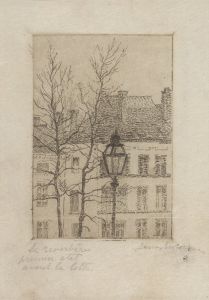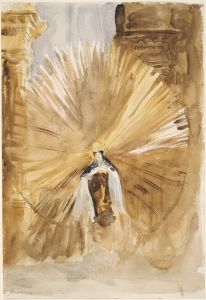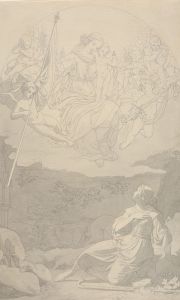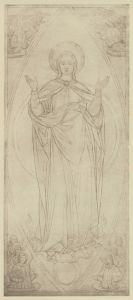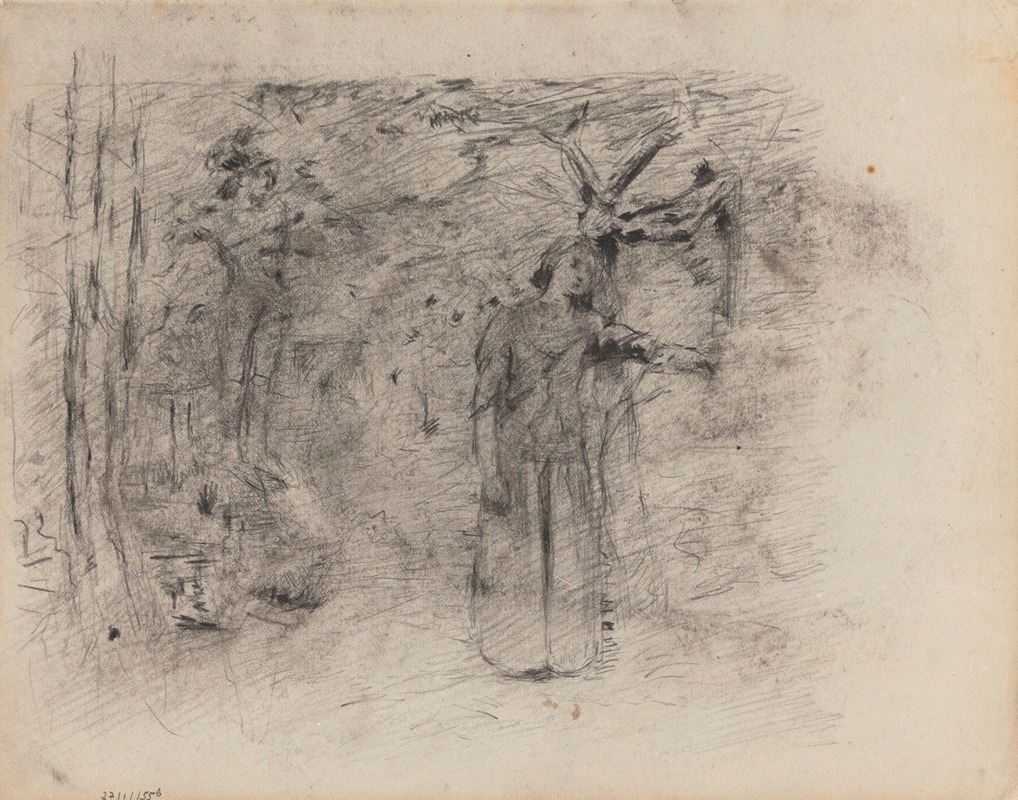
Joan of Arc
A hand-painted replica of James Ensor’s masterpiece Joan of Arc, meticulously crafted by professional artists to capture the true essence of the original. Each piece is created with museum-quality canvas and rare mineral pigments, carefully painted by experienced artists with delicate brushstrokes and rich, layered colors to perfectly recreate the texture of the original artwork. Unlike machine-printed reproductions, this hand-painted version brings the painting to life, infused with the artist’s emotions and skill in every stroke. Whether for personal collection or home decoration, it instantly elevates the artistic atmosphere of any space.
James Ensor, a Belgian painter associated with the Symbolist and Expressionist movements, created a work titled Joan of Arc in 1895. This painting is one of Ensor's many explorations of historical and religious themes, often infused with his distinctive style that blends realism with fantastical and grotesque elements. Ensor is best known for his use of vivid colors, dramatic compositions, and a penchant for the macabre, which often reflected his critical view of society and its institutions.
In Joan of Arc, Ensor depicts the French heroine and saint, Joan of Arc, who played a pivotal role in the Hundred Years' War and was later canonized by the Catholic Church. The painting portrays Joan in armor, a common representation of her as a warrior and leader. Ensor's interpretation, however, is unique in its expressive and somewhat unconventional approach. The work is characterized by bold brushstrokes and a vibrant color palette, which are hallmarks of Ensor's style. The painting captures a sense of drama and intensity, aligning with Joan's historical narrative as a figure of courage and conviction.
Ensor's choice to depict Joan of Arc may have been influenced by the broader Symbolist movement, which often drew upon historical and mythical figures to explore themes of spirituality, heroism, and human struggle. Joan of Arc, as a symbol of faith, resistance, and martyrdom, would have resonated with the Symbolist interest in transcendent and universal ideas.
The painting is housed in the Royal Museum of Fine Arts in Antwerp, Belgium, which holds a significant collection of Ensor's works. This institution has played a crucial role in preserving and showcasing Ensor's legacy as one of Belgium's most important artists.
While Joan of Arc is not as widely discussed as some of Ensor's other works, such as The Entry of Christ into Brussels in 1889, it remains an important example of his engagement with historical and symbolic subject matter. The painting reflects Ensor's ability to reinterpret traditional themes through his innovative and highly personal artistic lens.





